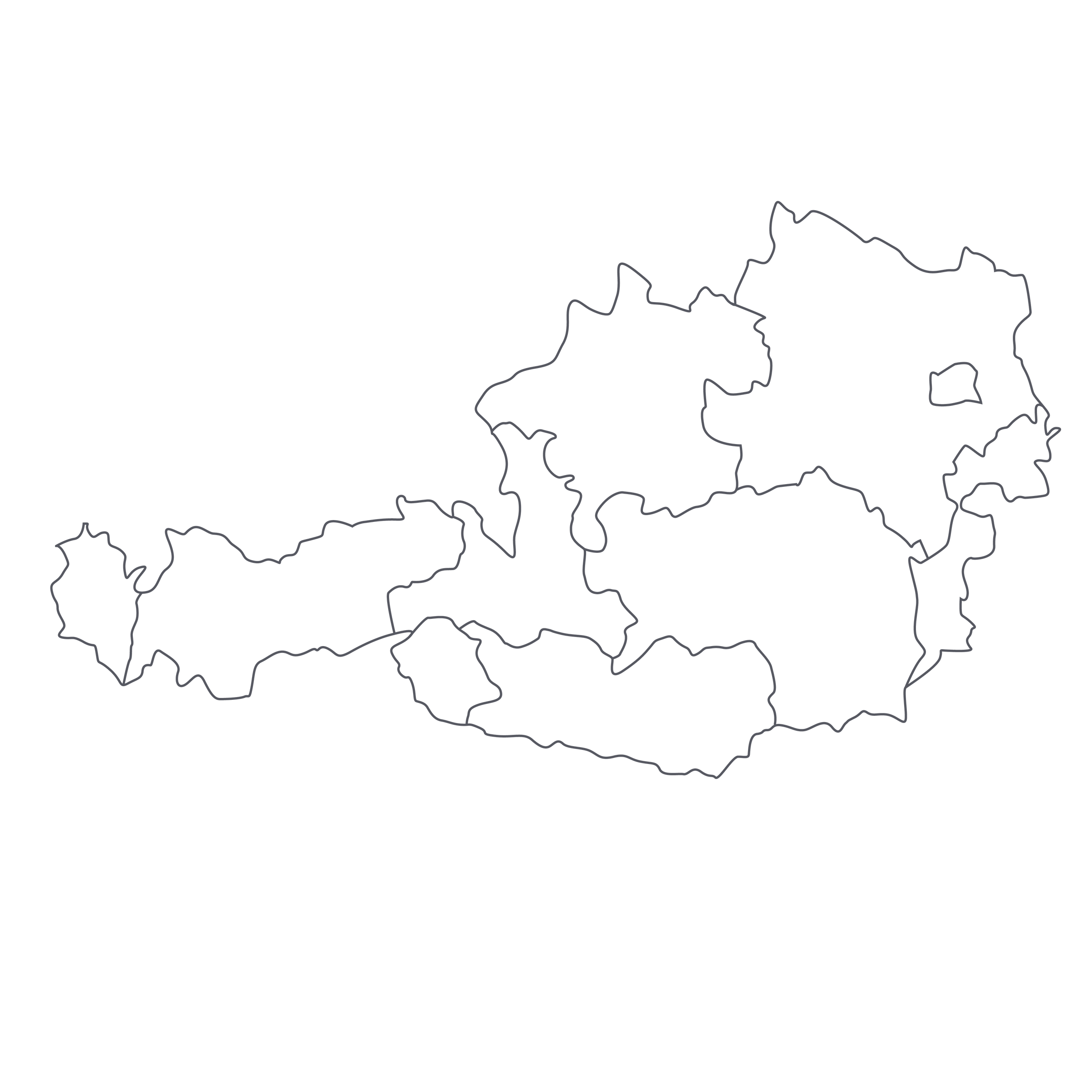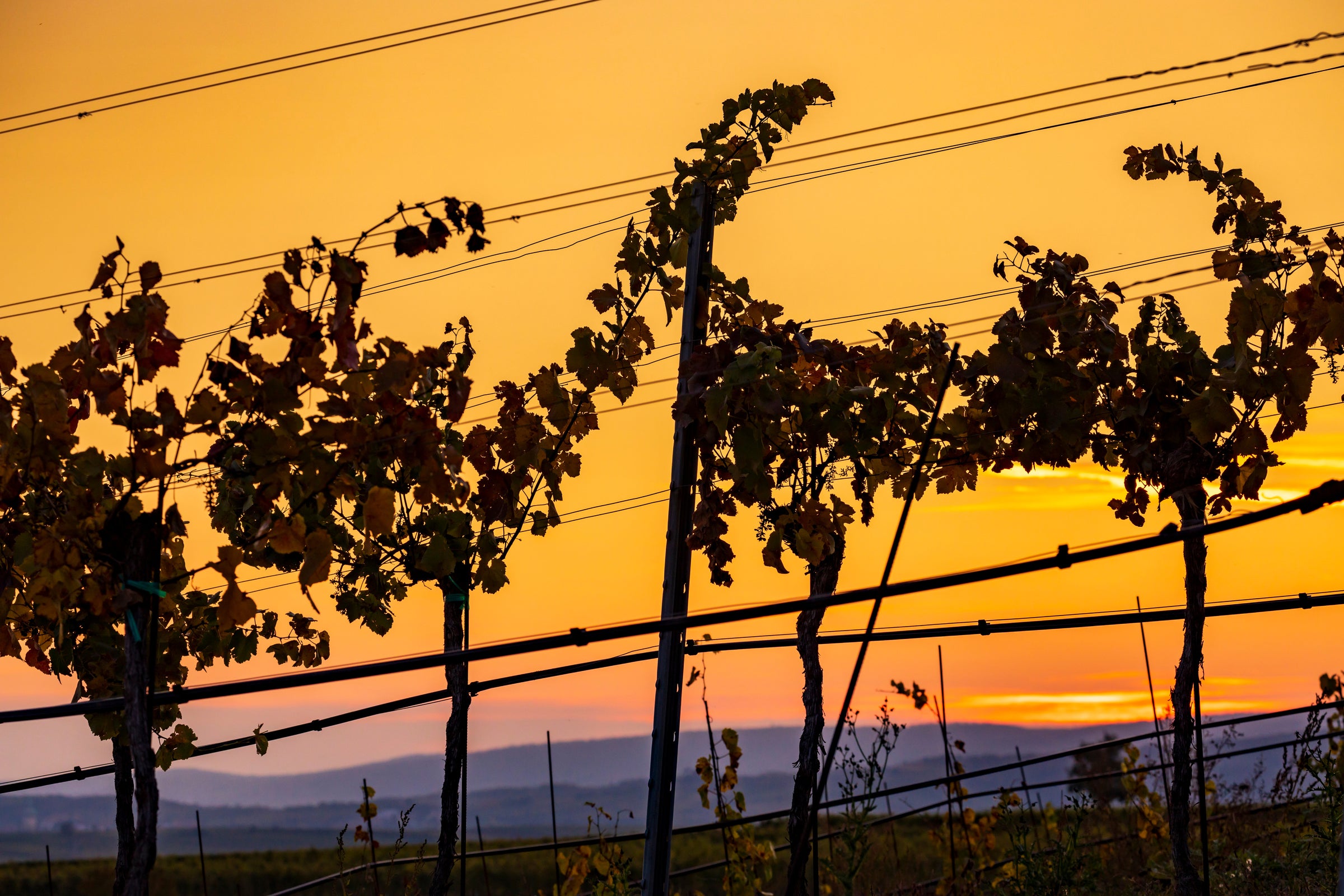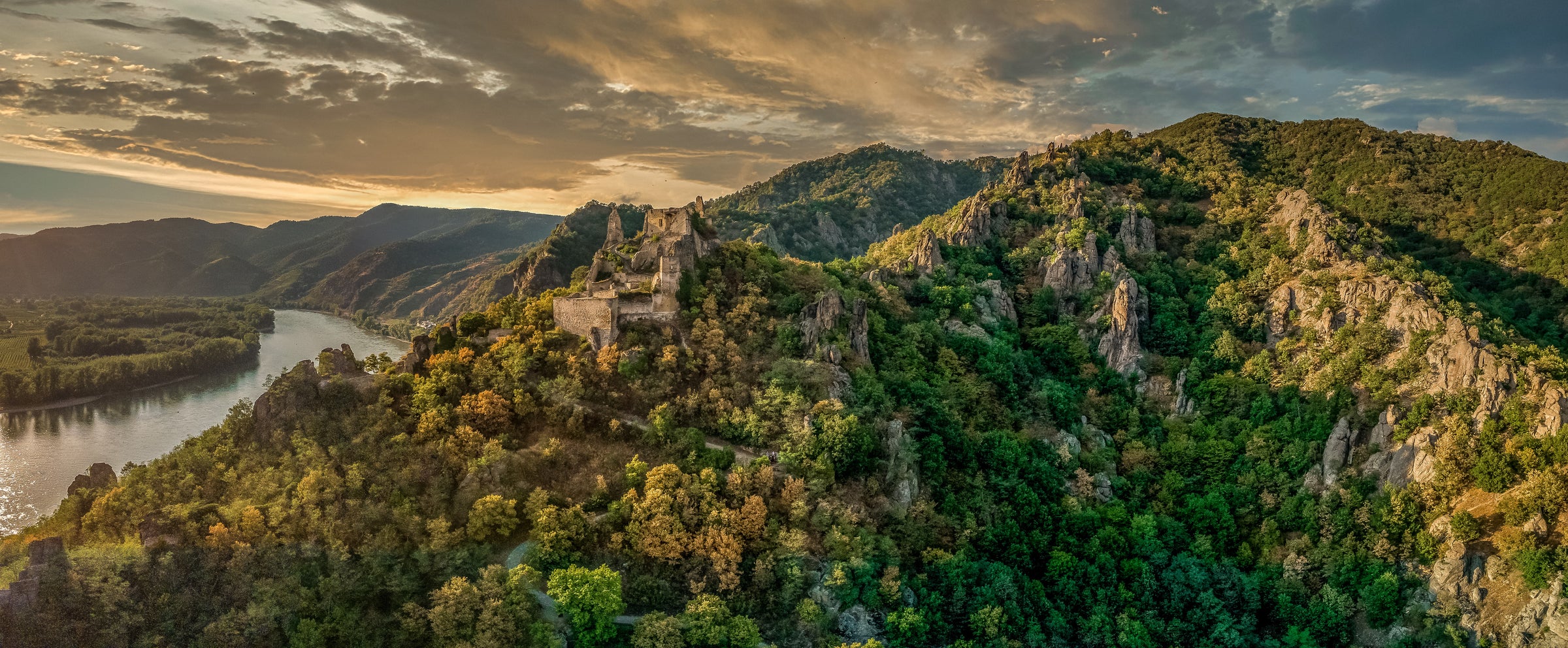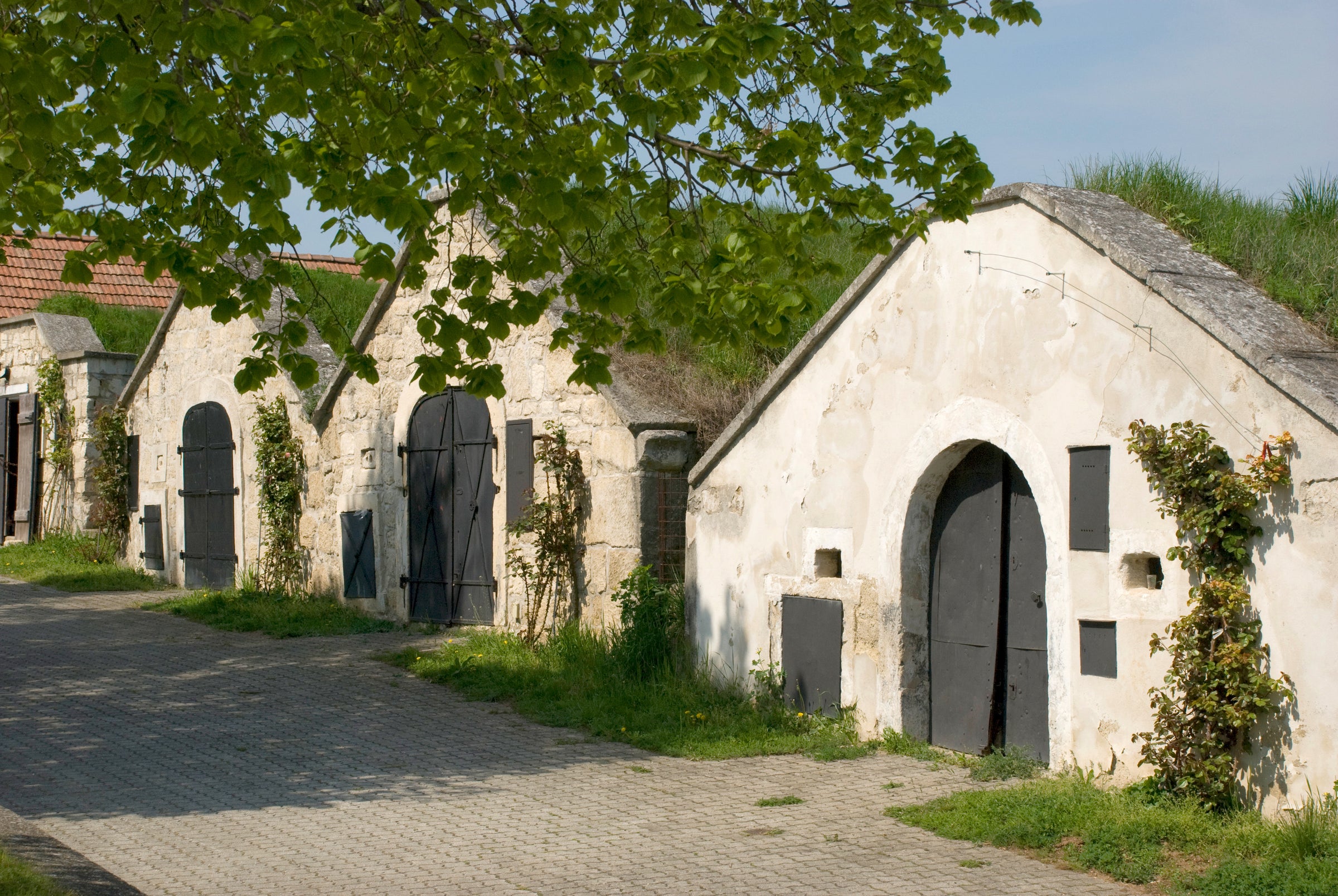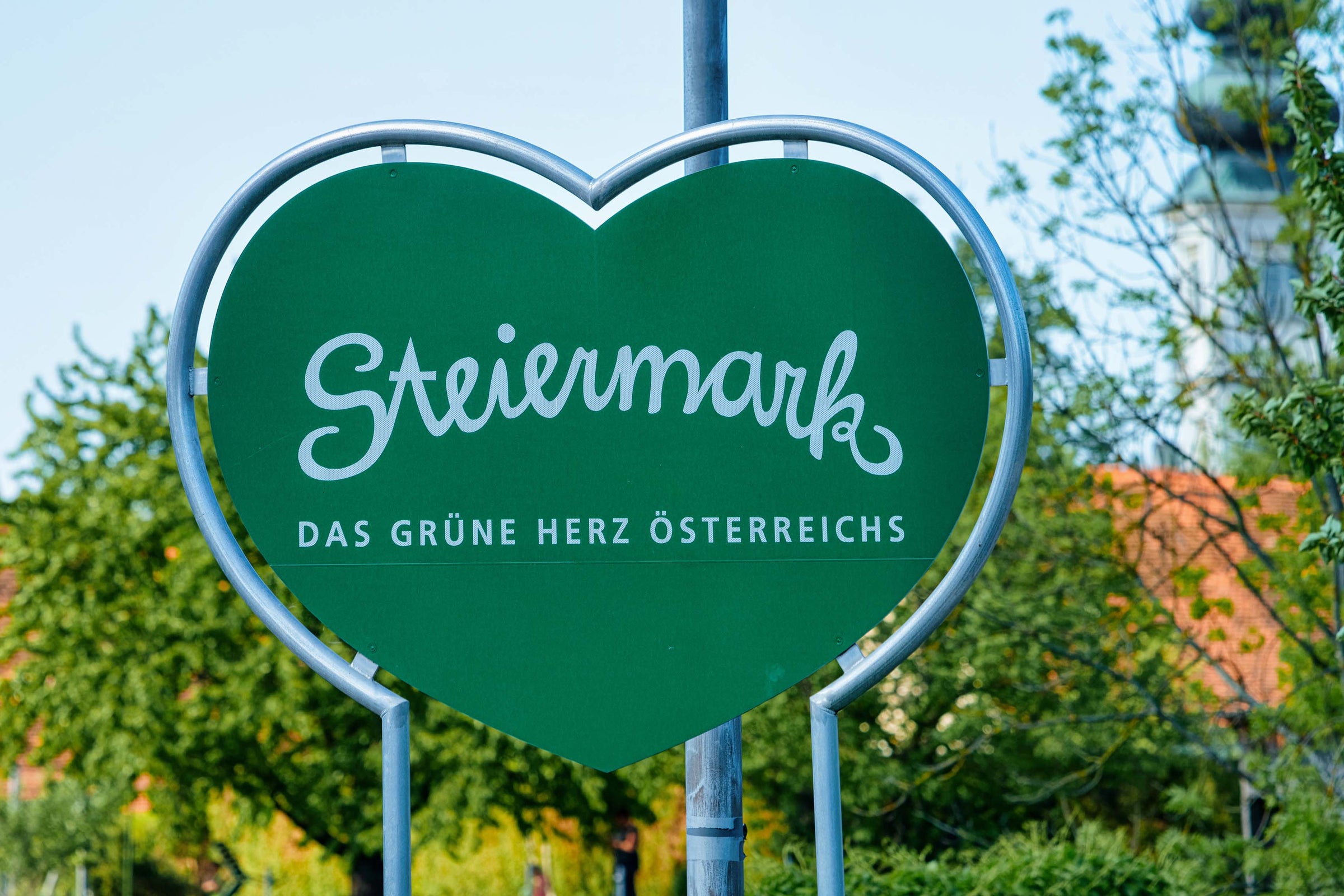Having walked (climbed, really) through my share of Austrian vineyards, I can tell you that the Rieslings and Grüners of places like the Kremstal are some hard-won wines. Most of the vineyards are so steep they require terracing, and when harvest rolls around, workers turn into mountaineers, tossing grape bunches into backpacks so they can keep their hands free to navigate the slopes. So, when you see a vineyard designation on a bottle of wine—today’s is “Kremsleithen,” an imposing, terraced parcel above the Krems River—it is truly a badge of honor.
But then look at the prices: $28 for a thrillingly pure, soaringly aromatic Riesling literally wrested from stone? It never ceases to amaze me. Along with its two immediate neighbors along the Danube—Wachau to the west, Kamptal to the east—the Kremstal has such a high baseline of quality you could probably just look for the appellation name on a label and be in good shape regardless. But, of course, it’s our job to dig deeper—to find the wines that shine brightest, like the quartz and mica speckling their source vineyards. Today’s 2017 is one such wine—a radiant Riesling in every regard, dry and diamond-edged, pulling off the fruit/minerality balancing act as only this grape in this place (and a few others) can. Did I mention this can all be had for just $28? If it were up to me, every wine-drinking household on the planet would have a case of this on hand at all times.
In this part of the world—the Danube River Valley, northwest of Vienna—the vineyards and wine estates are pieces of living history. As described in the Austrian wine magazine Falstaff, the original manor house at Vorspannhof dates to the 15th century and included a carriage house that served as a “horse-changing station” for travelers making the journey into the steep hills nearby. The Vorspannhof winery is headquartered in the town of Dross, along the Krems River at the northern edge of the Kremstal DAC, but their vineyard holdings are spread throughout the zone: The Kremsleithen vineyard is further south, not far from where the Krems River meets up with the Danube near the anchor town of Krems an der Donau (“Krems at the Danube”).
Silke Mayr is the proprietor and winemaker at Vorspannhof, specializing in Riesling and Grüner Veltliner from 14 hectares of vineyards. In the Kremstal region, soils in the vineyards are mostly a conglomerate dominated by loess (wind-blown silt), which Grüner Veltiner prefers, but there are many pockets of eroded granitic rock (gneiss), which is Riesling territory. Kremsleithen, with its steep pitch and ultra-thin topsoil, faces south-southwest, enabling grapes to take in plenty of sunshine and develop great fruit concentration.
The tension, aromatic expressiveness, and mineral imprint of today’s 2017 are all spot-on and totally invigorating. It’s a dry wine, even a touch salty, but with a richly satisfying mid-palate dripping with ripe fruit. In the glass, it’s a glistening straw-gold with hints of green, with scents of lime blossom, white peach, green herbs, white flowers, sea salt, and wet sones carrying over to the medium-bodied palate. The finish is citrusy, floral, and mouth-watering, and as I always say, you simply can’t find a more versatile white wine with food—I always lean towards Asian cuisines incorporating lots of aromatic herbs and spices, but with a dry Austrian style like this one there are a lot of “green” Springtime vegetable flavors to play with, be it lemon-drizzled grilled asparagus, ramps, or peas. Want to try something a little different? Whip up the attached pasta recipe and pull out this bottle to enjoy with it. Texturally and aromatically, I think we have a winner on our hands. Cheers!


